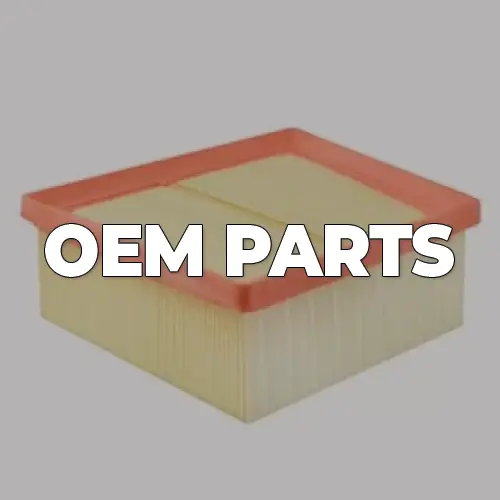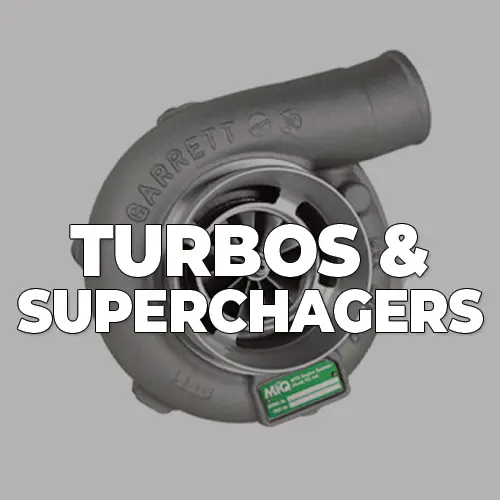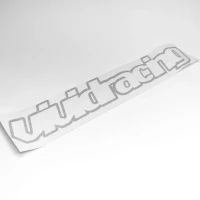BLACK FRIDAY DEALS NOW LIVE UP TO 40% OFF - SHOP NOW
Air Suspension - Performance Air Suspension
Filters
Manufacturers
- AC Delco (1)
- AFE (2)
- AMP Research (4)
- ARB 4x4 Accessories (29)
- AccuAir Suspension (59)
- Air Lift (797)
- AirREX (596)
- Air Runner (370)
- Antigravity Batteries (1)
- Arnott Industries (143)
- BWoody Performance (1)
- Bilstein Suspension (129)
- Blitz (18)
- Brabus (2)
- Brothers Trucks (2)
- Cargraphic (4)
- D2Racing (2062)
- Dobinsons Spring & Suspension (2)
- Dorman (10)
- Fox Racing Shox (1)
- Godspeed Project (94)
- Hotchkis (1)
- King Shocks (1)
- Ksport (1749)
- Liberty Walk (5)
- Mopar (1)
- Novitec (2)
- OEM (1)
- OdinSUS (291)
- Off Road Only (26)
- Old Man Emu (1)
- Omix (4)
- Pacbrake (94)
- Phoenix USA (8)
- Power Tank (4)
- Precision Turbo & Engine (2)
- ReadyLift Suspension (1)
- RideTech (217)
- Rough Country (3)
- TechArt (3)
- Truhart USA (349)
- URO Parts (1)
- Viair (510)
- Yukon Gear & Axle (1)
Universal Parts
Price range
Air Suspension Parts and Upgrades for Enhanced Performance at Vivid Racing - Explore our extensive selection of air suspension systems, components, and accessories designed to improve ride quality, adjustability, and handling for your vehicle. Upgrade your ride today!
Why you Should Upgrade to an Air Suspension Setup
For many years now, enthusiasts have thought that coilovers were the best way to improve handling on any vehicle. With coilovers, you have the ability to change your spring rates, ride height, and dampening, which allows you to fine tune how it handles. Generally speaking, a coilover suspension is the choice of enthusiasts who want to hit the track or canyon road.
Many enthusiasts often assume air suspension handles poorly or can’t offer the same performance as an aftermarket coilover. While that may have been true ten or twenty years ago, it’s not true anymore. Modern aftermarket air suspension systems can offer superb handling while also offering all the benefits of an air ride system. To understand how air suspension can perform as well as coilovers, we first need to understand how air suspension works.
How Air Suspension Systems Work
Basically speaking, air suspension systems substitute coil springs with air springs in an automobile. These air springs are essentially strong rubber bags inflated to a specific pressure and height to replicate the coil springs. However, this is where the similarity between coilovers and air suspension ends. With the integration of an on-board air compressor and sensors, as well as electronic controls, the air suspension systems we have today offer a number of advantages over conventional coilovers.
Advantages of Air Suspension Systems
As we have just mentioned earlier, there are several advantages to having air suspension systems over traditional aftermarket lowering spring or coilovers.
Ride Height Adjustment
The number one advantage of an air suspension system is that it gives you the power to modify the ride height and level of your vehicle. You can easily go from a suitable road height to being slammed on the ground. The problem many vehicles with low ride height face is poor ride quality and scraping the ground when entering or exiting parking lots. With air suspension, you can keep your car’s ride height fairly high on the road and drop it low when you’re parked.
When you use an in-vehicle compressor, this modification can be done in a near instant. If you use a traditional leaf and coil suspension system, you will need to spend a significant amount of time, labor and have the technical expertise to change the components prior to changing your ride height. The power to fine-tune air suspension makes it exceptional for show cars, race cars, street cars, and heavy duty trucks towing trailers.
Improved Handling
Since they are adaptable, vehicles with air suspension systems can drive over a myriad of terrains with fantastic ride quality and handling. This is made possible by an air spring that feeds off a closed volume or air. The rise and decline of pressure brought about by traversing over uneven ground can generate an innate tendency for the vehicle (as well as the airbag) to come back to its normal height. This trait doesn’t just prevent the vehicle from bottoming out, it likewise provides you with a better feel for the road ahead.
You might be thinking since your cramming tons of air pressure into an airbag, there is a limit to how much air can be added before something fails, and that the limit might make the system have a low spring rate. Luckily, this is not the case. Pressure can be set high enough to work perfectly with a high grip car with lots of aero just fine. Unless you’re trying to install an air suspension system on an F1 car, the effective spring rate range should be plenty high enough for any road or track needs.
Cost
Obviously, cost is a big factor when shopping for aftermarket suspension systems. When compared to low-end coilovers or basic lowering springs, air suspension systems might seem expensive. When you compare air suspension to mid or high-end coilovers, however, the price different is very small. There is a reason that track enthusiasts are willing to spend upwards of $6,000 or more on a suspension system.
All in for an Air Lift Performance kit, for example, you’re looking at around $2,000 – $3,000. So, yes it is more expensive than low-end coilovers, but it’s around the same cost as many mid-to-high quality coilover systems.













 Brakes
Brakes  Driveline
Driveline  Electronics
Electronics  Handlebars & Controls
Handlebars & Controls  Package Deals
Package Deals  Wheel Accessories
Wheel Accessories  Wheels by Vehicle
Wheels by Vehicle  Tools and Maintenance
Tools and Maintenance  Universal & Repair
Universal & Repair  Vivid Racing Gear
Vivid Racing Gear 











